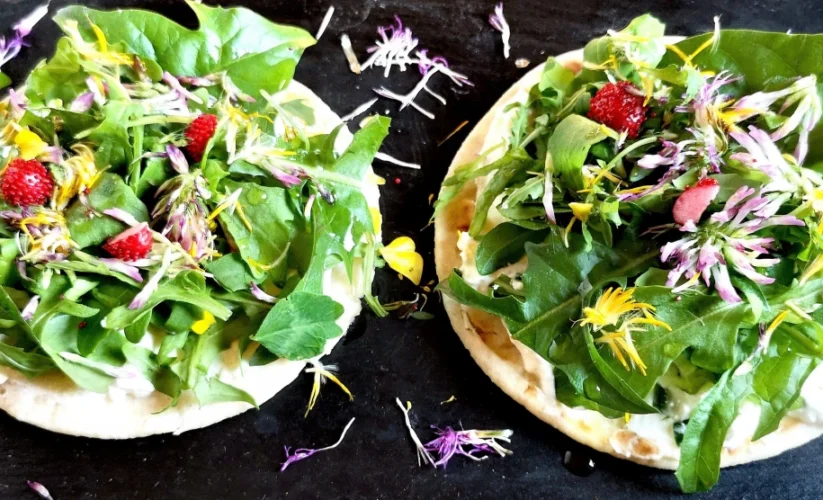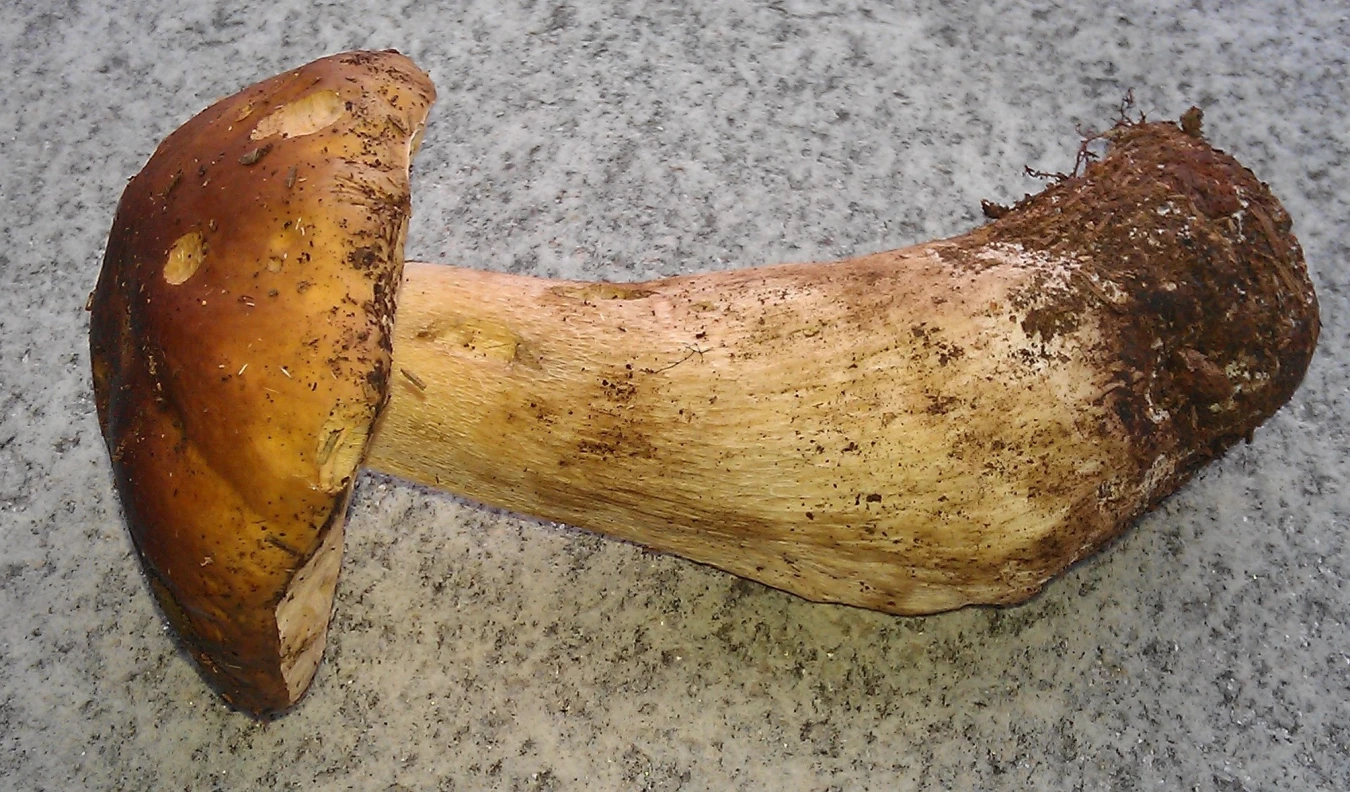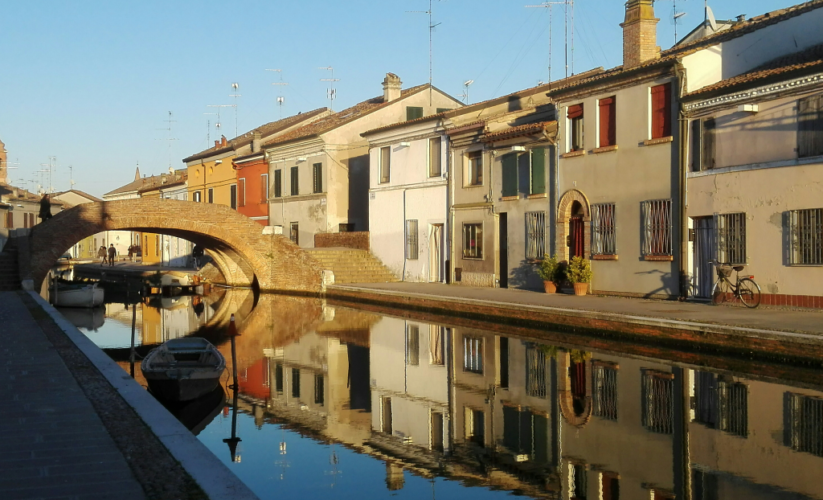
VENETIAN-STYLE ‘CICCHETTI’ & BAGPIPES in COMACCHIO
faustina_g
- November 7, 2022
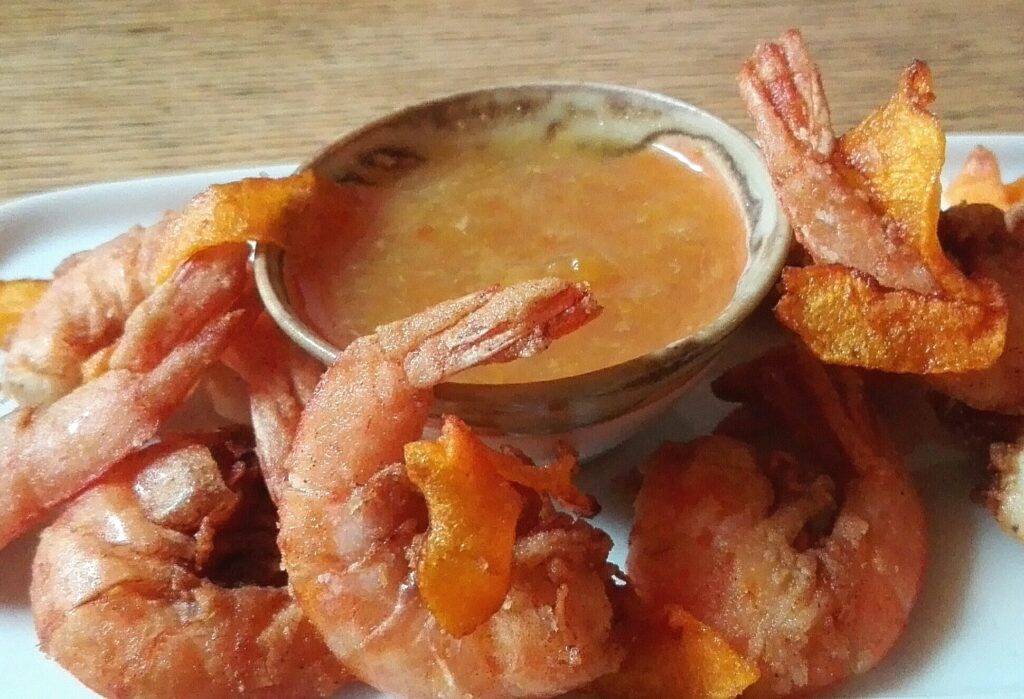
After a difficult year last year (I apologise for no postings) I asked for 2017 to be full of new and exciting experiences and….wham!.. the universe came right back with its own humorous response…. ..Eels and Zampogna for you!
Eels or ‘anguille’ are pretty self-explanatory and they came mixed in with other deep-fried fish & prawns served as part of some delicious Venetian-style bar snacks called ‘cicchetti’ (pronounced ‘chick-etti’). We were taking a New Year’s break in Comacchio a small town south of Venice in the Po Delta – otherwise known, or rather unbeknownst to me, as the eel capital of Italy.
Zampogna on the other hand are not edible but are a type of ancient bagpipe from central and southern Italy made of goat hide and whose sound has been likened to a ‘tribe’ or flock of bleeting goat & sheep….bleeting in tune obviously!
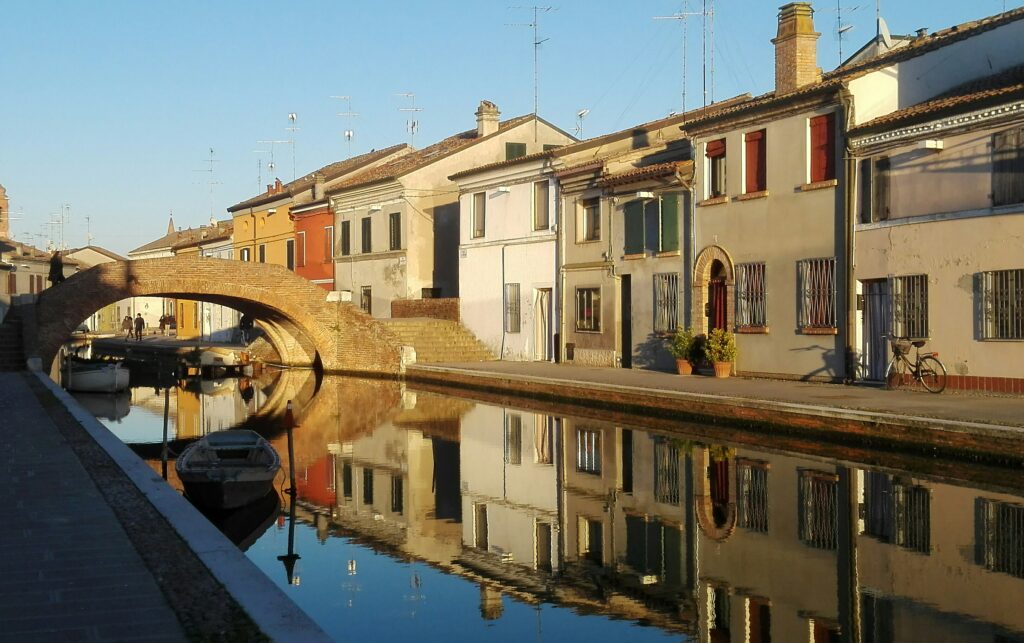

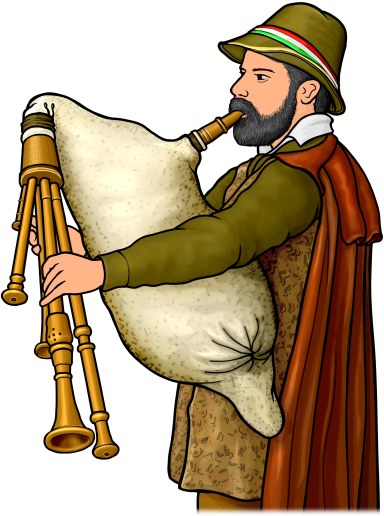
He and his band were staying in the same hotel as us on the canal front just 5 minutes walk from the concert hall – what luck as the temperature had dropped well into the minus degrees!
The hotel is well-known not only for its warm friendly atmosphere but also for its home-cooking. As we all gathered to eat that night around a roaring fire, we were offered ’anguilla’ in many guises including roasted or, as we had it, mixed with cabbage and a hint of cinnamon. I was slightly apprehensive I must say, but found it surprisingly delicate and utterly delicious. The band meanwhile were enjoying a hearty and noisy meal of roast eel and polenta. I can’t remember the name of the local red wine, but everyone certainly sampled a glass or three!
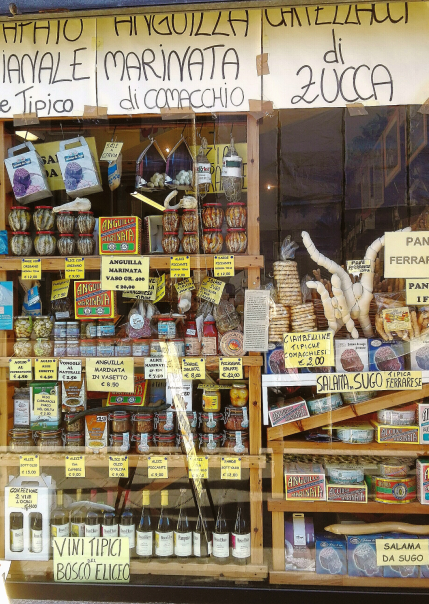


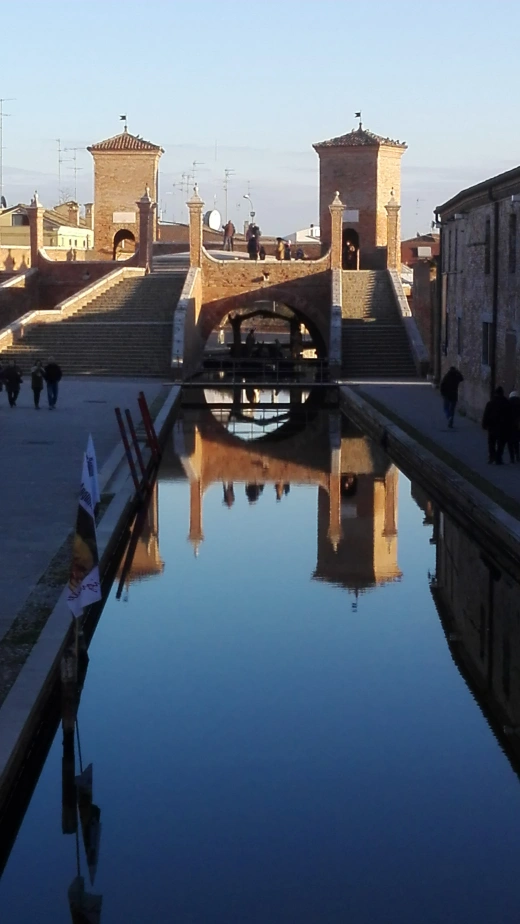

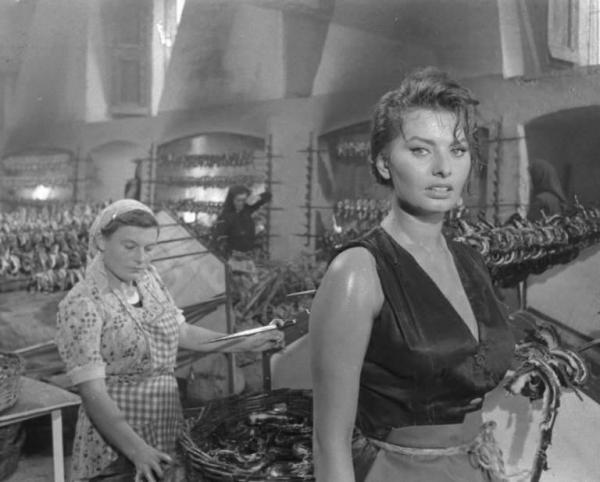
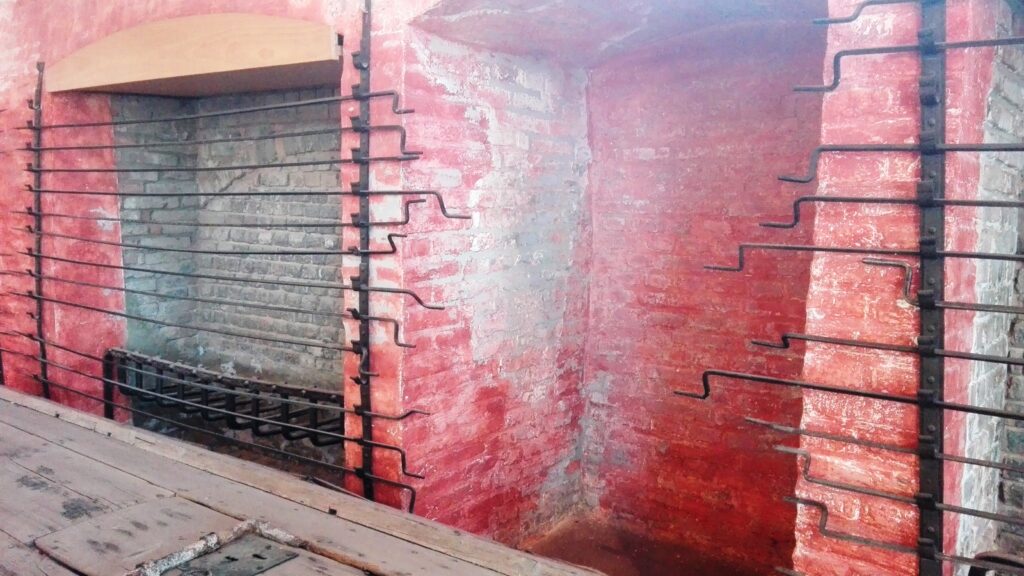
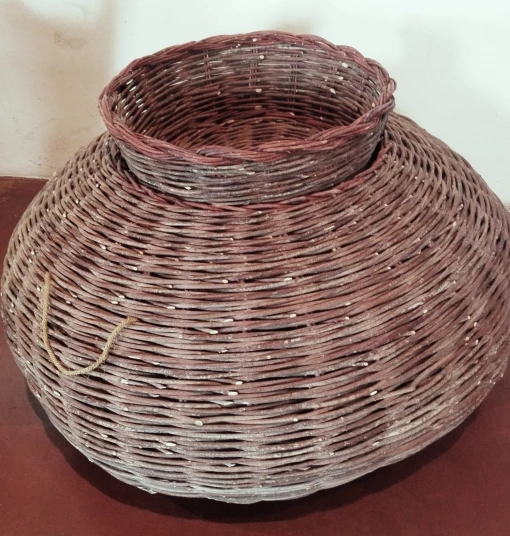
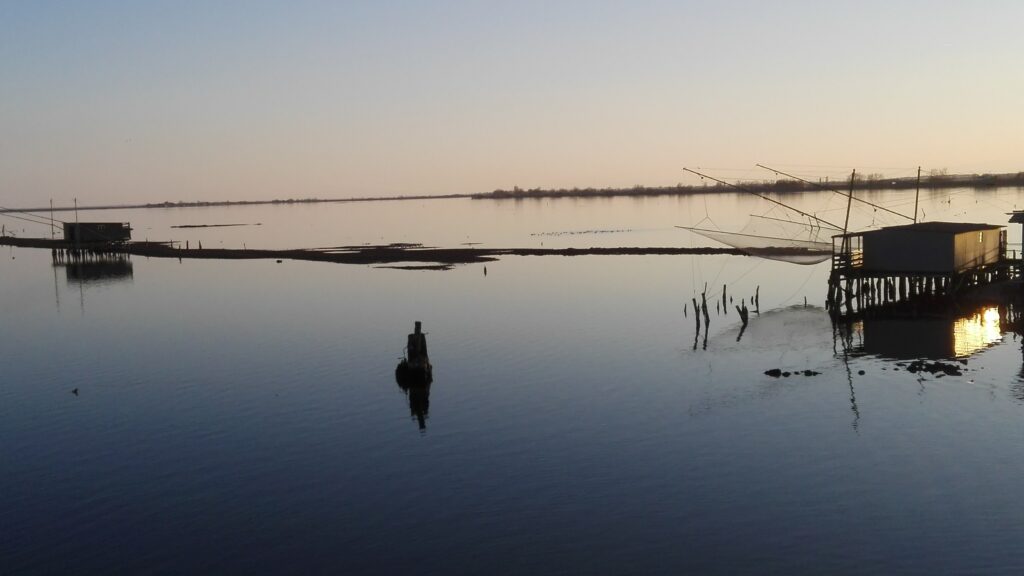

After Pinin Brambilla’s impressive 20-year restoration of the ‘L’Ultima Cena’ (hanging in Santa Maria delle Grazie in Milano), fine details once hidden under centuries of damage have now come to light.
John Varriano a noted professor of art history, has suggested that what appeared to be a generic type of fish on the table more accurately resembles eel……either roasted or grilled and garnished with sliced oranges.
Leonardo – as other painters – would often paint details of their own lives into their art. So although perhaps a more traditional meal would have been more authentic, he chose to change the menu to suit his and Renaissance tastes.
Certainly orange to accompany fish was a feature in Italian cuisine by the early sixteenth century……and eels were especially popular in Renaissance Italy because they could survive out of water for days, were easily transported and could be preserved in brine.
Added to which, according to writings by Bartolomeo Scappi – a 16th century Italian humanist and food connoisseur, the best eels came from Comacchio!
For my recipe below I’ve used prawns to replica our ‘cicchetti’ – I thought it wasn’t easy for most of us to find eel. I’ve also added strips of pumpkin because that’s what was added to our plate of ‘cicchetti’ and made a delicious extra.
Meanwhile I found a 15th century eel recipe which also used cinnamon, so I’ve added a touch of cinnamon to the batter plus a bitter orange marmalade dipping sauce as a modern nod to Leonardo.
RECIPE: PRAWN ‘CICCHETTI’ with BITTER ORANGE DIP
For 2
Preparation time: 10-15 minutes
Cooking time: 10-15 minutes
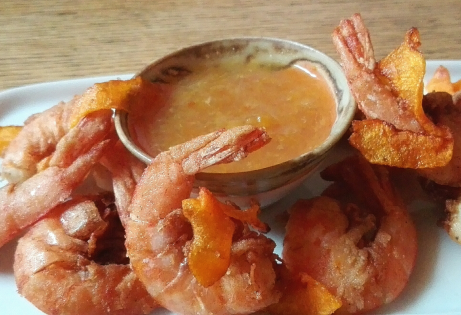
INGREDIENTS
450g raw prawns, shelled & deveined
Juice and zest of 2 oranges
Salt & pepper
Plain flour for dusting (about 6 Tbsp)
½ tsp-1 tsp ground cinnamon
¼ of a small pumpkin (or ‘zucca’), peeled
Vegetable oil for frying
Jar of orange marmalade ( I used a bitter orange marmalade)
METHOD
- Marinate the prawns in a bowl with the orange juice and zest, salt and pepper. Chill in the fridge for about an hour.
- Take the pumpkin and with a peeler or sharp knife shave off thin slices. Keep to one side.
- Take a plastic bag and put in the plain flour and cinnamon, plus a pinch of salt and shake.
- Melt about ½ jar of marmalade in a small pan, adding water if necessary to make a dipping sauce. Keep warm.
- Heat some vegetable oil in a high-sided pan – to about 60cm or enough to be sure to cover the prawns.
- Remove prawns from the fridge and drain well.
- Check the oil is hot enough by adding a small piece of bread – if it sizzles it’s ready.
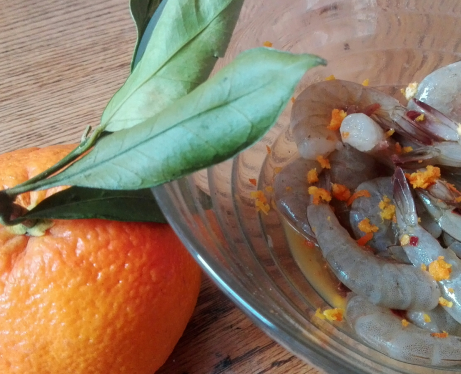
- First fry the pumpkin shavings, a spoonful at a time. Remove when lightly coloured and keep warm on kitchen paper.
- Now put a handful of prawns in the flour mixture and give a good shake. Then remove, shake off any excess and pop into the hot oil (be sure to only fry a few at a time otherwise they’ll be soggy).
- Fry for about 3 minutes or until they’re well coloured and crisp.
- Drain on kitchen paper and repeat with the rest of the prawns.
- Serve on a platter with slivers of pumpkin and the warm marmalade dipping sauce.
And imagine yourself on the canal-front of Comacchio sipping a glass of white wine and snacking on ‘cicchetti’……it’s Italy

